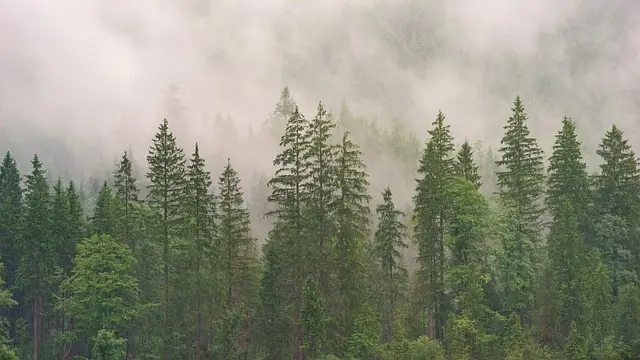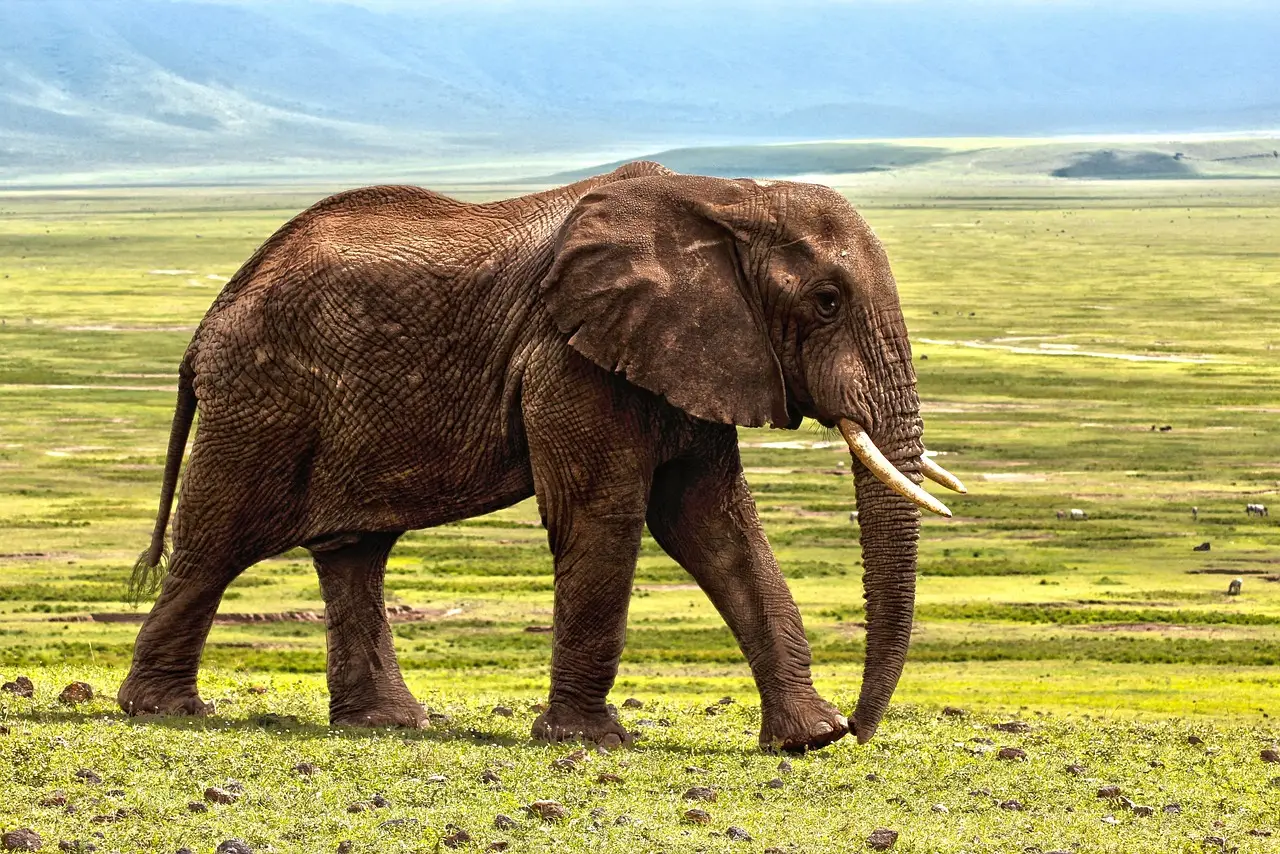
Forest Animals - Woodland Wildlife Sounds & Calls
Discover the fascinating world of animal habitats in forest ecosystems. Discover the fascinating world of forest animals and their unique woodland vocalizations. Forest animals like owls, monkeys, and chipmunks create a rich acoustic symphony in their natural woodland habitat. Experience authentic forest animals sounds from dense woodlands around the globe.
Forest Soundscape
A natural chorus of bird songs, rustling leaves, and forest animal calls
Animals in Forest Habitats
Explore 9 fascinating species that thrive in these animal habitats. Each creature has adapted uniquely to survive and communicate in this ecosystem.
Loading animals from these animal habitats...
Forest Habitat Characteristics
These animal habitats are defined by unique environmental conditions that shape the lives of countless species.
Natural Sound Chambers
Dense forest canopies create unique acoustic environments where forest animals communicate through layered soundscapes from ground to treetop levels.
Vertical Ecosystem Layers
Multi-tiered woodland habitats support diverse forest animals, from ground-dwelling mammals to canopy-dwelling primates, each with specialized vocalizations.
Biodiversity Hotspots
Forest animals represent 80% of terrestrial biodiversity, with woodland habitats supporting hundreds of forest animals species calling simultaneously.
Complex Sound Propagation
Tree trunks and dense vegetation create intricate acoustic patterns that forest animals have adapted to for effective woodland communication.
Seasonal Acoustic Cycles
Forest animals exhibit dramatic seasonal sound changes, from spring mating calls to autumn migration sounds throughout woodland ecosystems.
Microhabitat Specialization
From hollow trees to dense undergrowth, each woodland microenvironment supports specialized forest animals with unique acoustic adaptations.
Environmental Conditions
Understanding the climate helps explain how animals in these animal habitats have evolved their unique vocalizations.
Temperature Range
10°C to 25°C (varies by forest type)
Average temperature conditions in these animal habitats
Humidity Level
60-90% (high moisture retention)
Moisture levels that influence animal behavior and sounds
Precipitation
500-2000mm annually
Rainfall patterns affecting ecosystem dynamics
Ecosystem Wonders
Discover the extraordinary features that make these animal habitats unique ecosystems where wildlife thrives and communicates.
Natural Sound Chambers
Dense forest canopies create unique acoustic environments where forest animals communicate through layered soundscapes from ground to treetop levels.
Vertical Ecosystem Layers
Multi-tiered woodland habitats support diverse forest animals, from ground-dwelling mammals to canopy-dwelling primates, each with specialized vocalizations.
Biodiversity Hotspots
Forest animals represent 80% of terrestrial biodiversity, with woodland habitats supporting hundreds of forest animals species calling simultaneously.
Complex Sound Propagation
Tree trunks and dense vegetation create intricate acoustic patterns that forest animals have adapted to for effective woodland communication.
Seasonal Acoustic Cycles
Forest animals exhibit dramatic seasonal sound changes, from spring mating calls to autumn migration sounds throughout woodland ecosystems.
Microhabitat Specialization
From hollow trees to dense undergrowth, each woodland microenvironment supports specialized forest animals with unique acoustic adaptations.
Protecting Forest Habitats
These precious animal habitats face increasing environmental threats. Understanding conservation challenges helps protect wildlife ecosystems.
Environmental Threats
Critical challenges facing ecosystems
Deforestation and logging
Deforestation and logging
Habitat fragmentation
Habitat fragmentation
Climate change effects
Climate change effects
Human encroachment
Human encroachment
Invasive species introduction
Invasive species introduction
Conservation Efforts
Protecting our natural world
Forest animals face unprecedented threats as woodland habitats vanish at 10 million hectares annually. Conservation efforts focus on protecting forest animals through old-growth forest preservation, establishing wildlife corridors for forest animals migration, and promoting sustainable forestry. Community-based programs protect forest animals by maintaining critical woodland ecosystems that support diverse forest animals populations and regulate global climate patterns.
How You Can Help
Discover Other Animal Habitats
Continue your journey through diverse animal habitats around the world. Each ecosystem offers unique wildlife sounds and fascinating species.

Ocean
Ocean animals and their marine vocalizations

Savanna
Savanna animals and their grassland vocalizations

Arctic
Arctic animals and their polar vocalizations